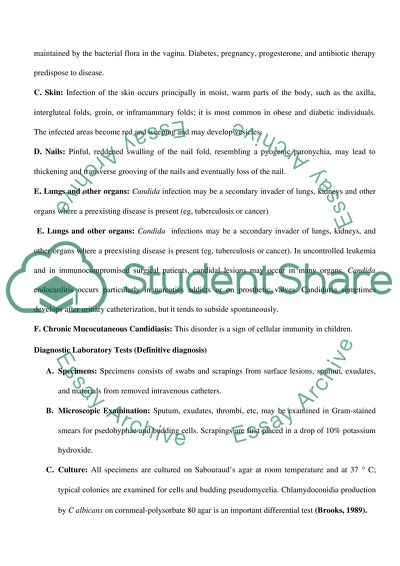Cite this document
(Candida Albicans Microbe Article Example | Topics and Well Written Essays - 1500 words, n.d.)
Candida Albicans Microbe Article Example | Topics and Well Written Essays - 1500 words. Retrieved from https://studentshare.org/chemistry/1540628-reports-on-microbe-and-antimicrobial-agent
Candida Albicans Microbe Article Example | Topics and Well Written Essays - 1500 words. Retrieved from https://studentshare.org/chemistry/1540628-reports-on-microbe-and-antimicrobial-agent
(Candida Albicans Microbe Article Example | Topics and Well Written Essays - 1500 Words)
Candida Albicans Microbe Article Example | Topics and Well Written Essays - 1500 Words. https://studentshare.org/chemistry/1540628-reports-on-microbe-and-antimicrobial-agent.
Candida Albicans Microbe Article Example | Topics and Well Written Essays - 1500 Words. https://studentshare.org/chemistry/1540628-reports-on-microbe-and-antimicrobial-agent.
“Candida Albicans Microbe Article Example | Topics and Well Written Essays - 1500 Words”, n.d. https://studentshare.org/chemistry/1540628-reports-on-microbe-and-antimicrobial-agent.


